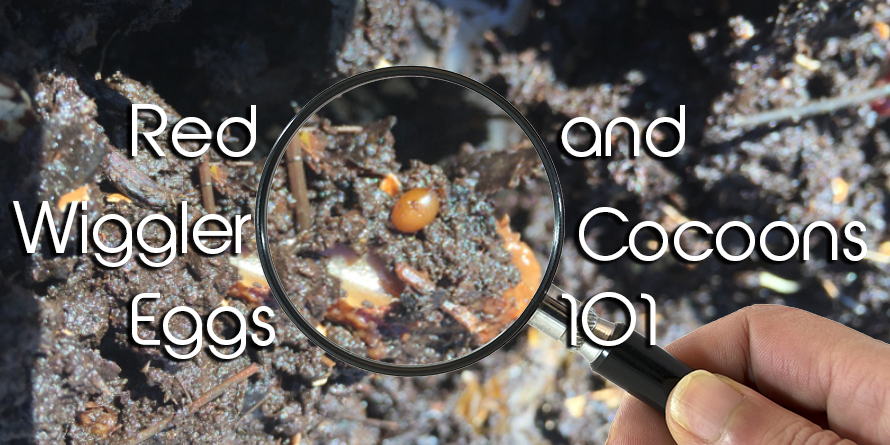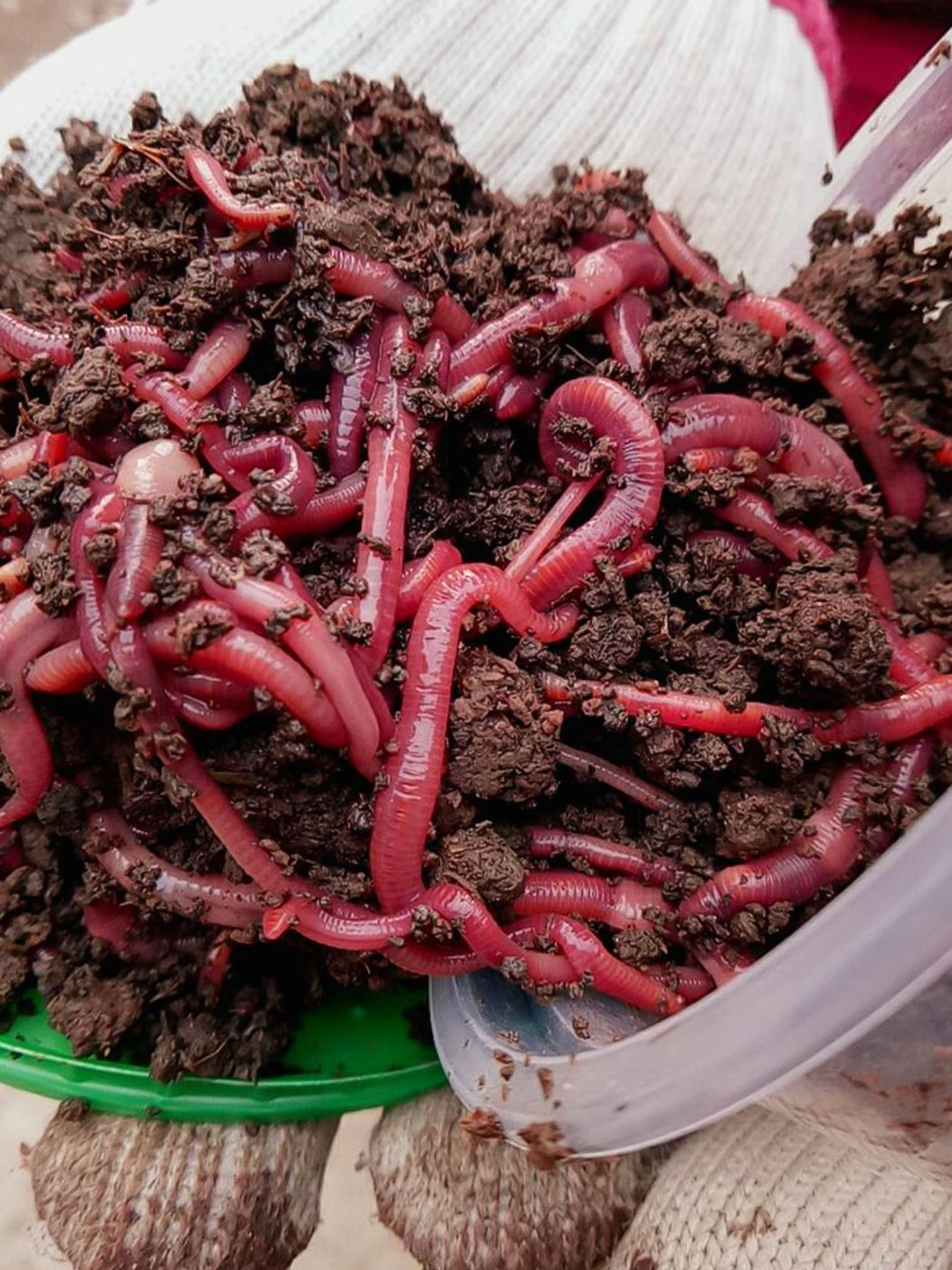Red Wigglers: The Unsung Heroes of Organic Waste Recycling
Red wigglers, or Eisenia fetida, function as critical agents in the organic waste reusing process, transforming thrown out products right into important vermicompost. Their efficient failure of raw material not just enhances soil high quality however likewise adds to lasting waste monitoring techniques. As the globe significantly looks for options to fight waste buildup and enhance agricultural efficiency, comprehending the duty of these worms comes to be essential. What mechanisms permit them to thrive in compost environments, and how can they be effectively made use of in both domestic and commercial setups? Exploring these questions exposes the more comprehensive ramifications of vermicomposting in our environmental landscape.
What Are Red Wigglers?
The remarkable strength of red wigglers, clinically referred to as Eisenia fetida, emphasizes their crucial role in natural waste recycling. These small, reddish-brown earthworms are commonly discovered in decaying natural matter, such as garden compost piles and manure stacks. Lake Hickory Bait. Unlike other earthworm varieties, red wigglers flourish in nutrient-rich settings and are highly efficient at breaking down natural products, making them vital for vermicomposting

Benefits of Composting With Worms
Composting with worms, specifically red wigglers, supplies countless benefits that boost both waste management and soil health and wellness. These worms effectively break down organic waste, converting it into nutrient-rich vermicompost that enriches soil. This process speeds up decay, enabling a faster recycling of kitchen scraps and other organic products contrasted to typical composting techniques.
Furthermore, the vermicompost generated by red wigglers is including valuable microbes, which aid enhance dirt structure, oygenation, and moisture retention. This enhances the general wellness of plants, promoting energetic development and enhanced yields in gardens and farming setups. Moreover, using worms in composting reduces the production of greenhouse gases, such as methane, adding to a much more sustainable waste monitoring system.

How to Begin Vermicomposting
Developing a vermicomposting system is a straightforward process that can generate significant benefits for both waste management and dirt enrichment. To begin, choose an appropriate container, such as a plastic container or wood box, with ample ventilation openings to make certain correct airflow. The dimensions need to ideally be around 2 feet by 3 feet, allowing ample space for the worms to flourish.
Following, prepare bed linens product, which can be composed of shredded paper, cardboard, or coconut coir. This bed linen must be dampened to produce an appropriate habitat for the worms. When the bed linen is in place, present red wigglers (Eisenia fetida) right into the container, usually around one extra pound of worms for each square foot of area.
Complying with the placement of worms, add organic waste, such as vegetables and fruit scraps, coffee premises, and smashed eggshells. Prevent adding dairy products, meat, or oils, as these can produce odors and bring in parasites. Place the bin in a shaded, temperature-controlled area to keep ideal conditions for worm task. With these actions, you will properly start a vermicomposting system that adds to lasting waste monitoring and improves your dirt.
Maintaining a Healthy And Balanced Worm Container
Delicately mixing the bedding and food scraps every couple of weeks prevents compaction and guarantees that all worms have accessibility to oxygen. In addition, it is vital to feed the worms appropriately.
If the container comes to be also warm or cool, the worms might end up being stressed out. By faithfully taking care of these aspects, one can preserve a robust and productive worm bin.
Influence On Sustainable Living
The effective upkeep of a worm bin not just benefits the health of red wigglers yet additionally contributes substantially to sustainable living practices. By reusing natural waste, such as kitchen area scraps and yard particles, red wigglers help draw away considerable amounts of product from garbage dumps. This reduction in waste not just lowers greenhouse gas discharges but also decreases the environmental concern connected with waste monitoring.
Additionally, the castings generated by red wigglers offer as a nutrient-rich natural fertilizer, boosting soil wellness and promoting plant growth. This all-natural option to chemical plant foods supports sustainable farming and gardening techniques, decreasing reliance on artificial inputs that can harm ecological communities. Furthermore, worm composting fosters recognition of waste management, motivating people and neighborhoods to embrace even more sustainable habits.

Final Thought
In recap, red wigglers act as important contributors to organic waste recycling via their efficient decay of organic materials. Their capability to create nutrient-rich vermicompost boosts soil health and supports sustainable agricultural practices. By integrating vermicomposting into waste administration techniques, individuals and neighborhoods can substantially decrease waste while promoting environmental sustainability. The role of Eisenia fetida in fostering healthy and balanced ecosystems underscores the significance of these organisms in accomplishing sustainable living and enhancing dirt fertility.
Comments on “Find the Best Products for Lawn Care with Red Wiggler Express for Lush Lawns”